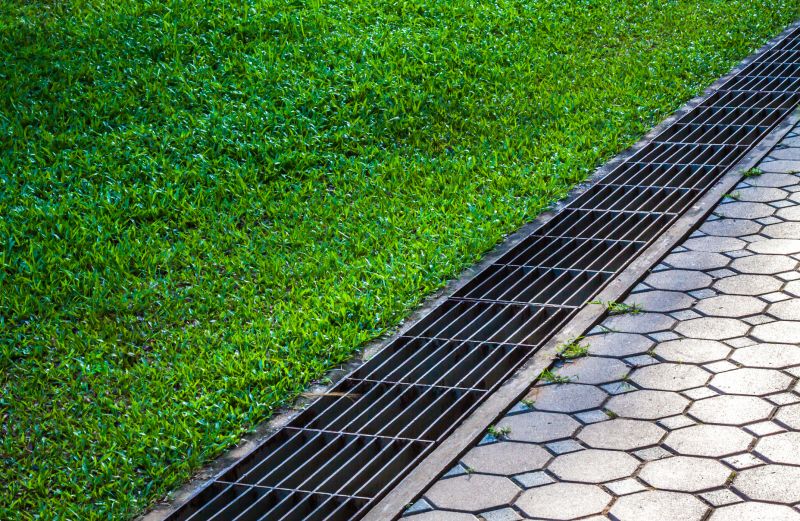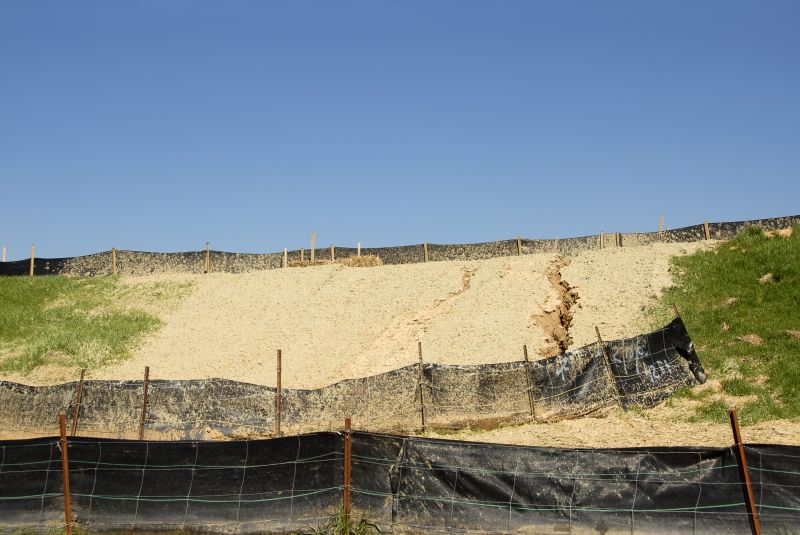Drainage Services for Property Protection
Proper drainage is essential for maintaining the structural integrity of properties and preventing water-related issues. Drainage services involve assessing, installing, and maintaining systems that direct excess water away from foundations, driveways, and landscaping. Effective drainage management reduces the risk of flooding, soil erosion, and water damage.
The best time to perform drainage service is during dry periods when soil is stable. Scheduling in the late spring or early fall allows for effective installation and maintenance without interference from heavy rain.
Performing drainage work in warmer months reduces the risk of weather disruptions. Avoiding peak rainy seasons ensures thorough work and minimizes delays.
Heavy rains can hinder drainage system installation or repairs. Planning during dry weather promotes optimal results and longer-lasting solutions.
Regular inspections and cleaning are recommended before the rainy season begins to ensure drainage systems function properly during heavy rainfall.

Visual assessment of drainage components to identify potential issues.

Laying new pipes to improve water flow away from property.

Installing barriers and grading to prevent soil erosion.

Ways to make Drainage Service work in tight or awkward layouts.

Popular materials for Drainage Service and why they hold up over time.

Simple add-ons that improve Drainage Service without blowing the budget.
| Best Time for Drainage Service | Key Considerations |
|---|---|
| Late Spring | Ideal for installation due to dry weather |
| Early Fall | Prepares property before rainy season |
| Summer Months | Less suitable due to increased rainfall |
| Pre-Rainy Season | Ensures system readiness for heavy rain |
| Post-Storm Inspection | Identifies issues after heavy rainfall |
Drainage systems are vital for managing excess water and protecting property foundations. Properly timed services enhance system longevity and performance. In areas like Clearwater, Florida, understanding seasonal weather patterns helps determine the most effective times for installation and maintenance. Regular inspections and timely repairs can prevent costly water damage, soil erosion, and flooding.

Routine cleaning and inspection to ensure proper function.

Designing systems to handle heavy rainfall efficiently.

Implementing measures to protect landscape and soil.

Addressing blockages or damages promptly.
Effective drainage management requires strategic timing and regular upkeep. Scheduling services during dry periods ensures thorough work and minimizes disruptions. Properly maintained drainage systems contribute to the longevity of a property, especially in climates with seasonal rainfall variations like Clearwater.



